INGREDIENTS & RECIPES
Try one of our peer reviewed recipes and ingredient kits! Each of these recipes are designed and hand crafted by the staff at KJ.
All kits include the required ingredients and instructions.
Try one of our peer reviewed recipes and ingredient kits! Each of these recipes are designed and hand crafted by the staff at KJ.
All kits include the required ingredients and instructions.
EQUIPMENT
Starter kits are a great way to get started brewing. Our different kits have everything you need to get that first batch cooking.
Starter kits are a great way to get started brewing. Our different kits have everything you need to get that first batch cooking.
Brewing Support
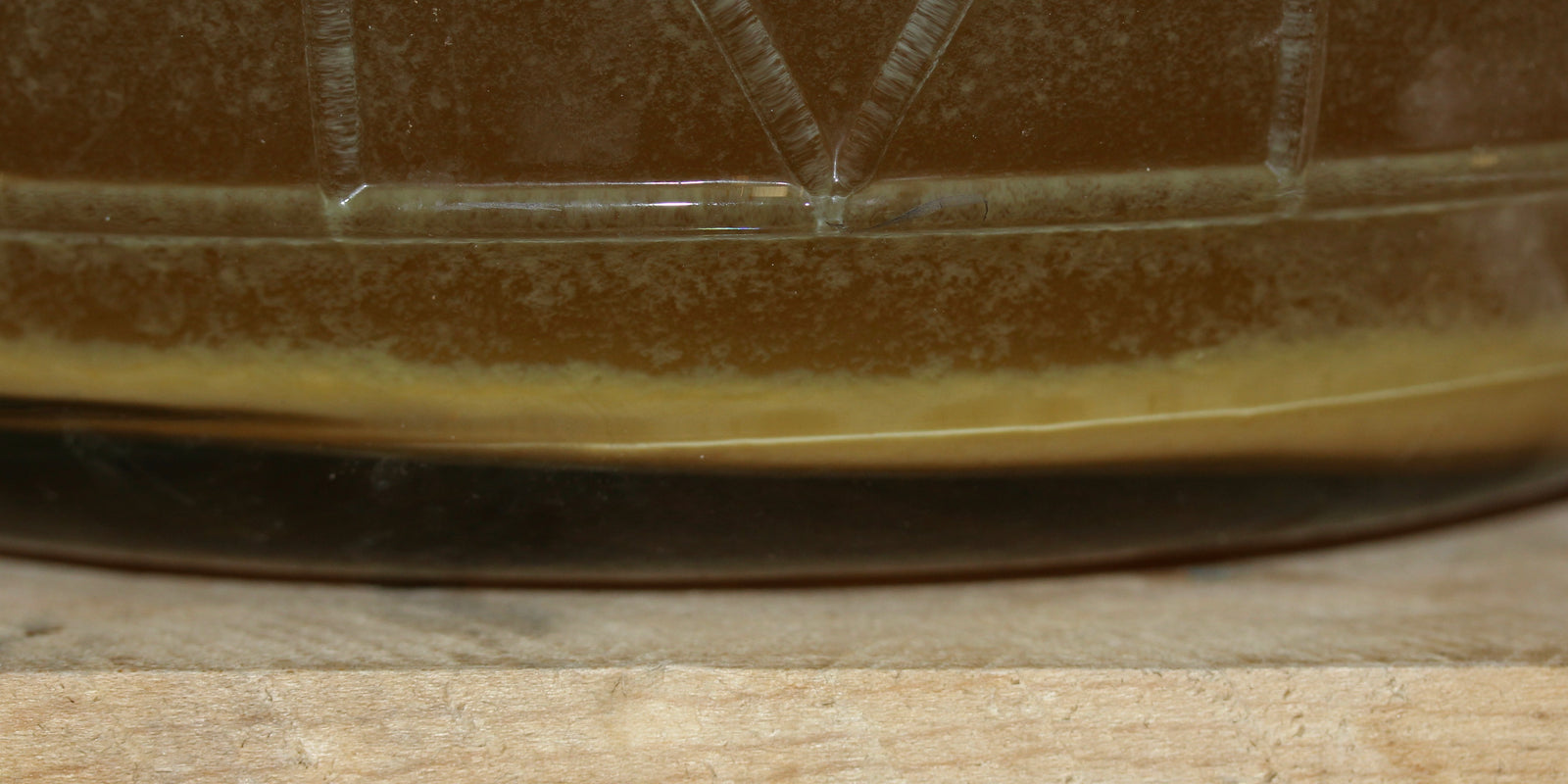
Primary VS Secondary: The Age Old Debate
January 22, 2020 5 min read
A lot of beer recipes and books call for a beer to be transferred from primary into secondary. Is this really necessary? If you take a look at almost any beer brewing forum they will say that secondary is something to be avoided. Find out about the reasons for and against using secondary in your brewing!
Read More

How a Beer is Made
May 31, 2019 8 min read
Going from grain to glass is a multi-step process that can get complicated. This sheet is an overview of the entire process of making beer. This is meant to be a simple run-through of how a beer is made. Inside each section is a reference to some more detailed instructions on that step. This is how a beer goes from an idea to a cold one in hand.
Read More
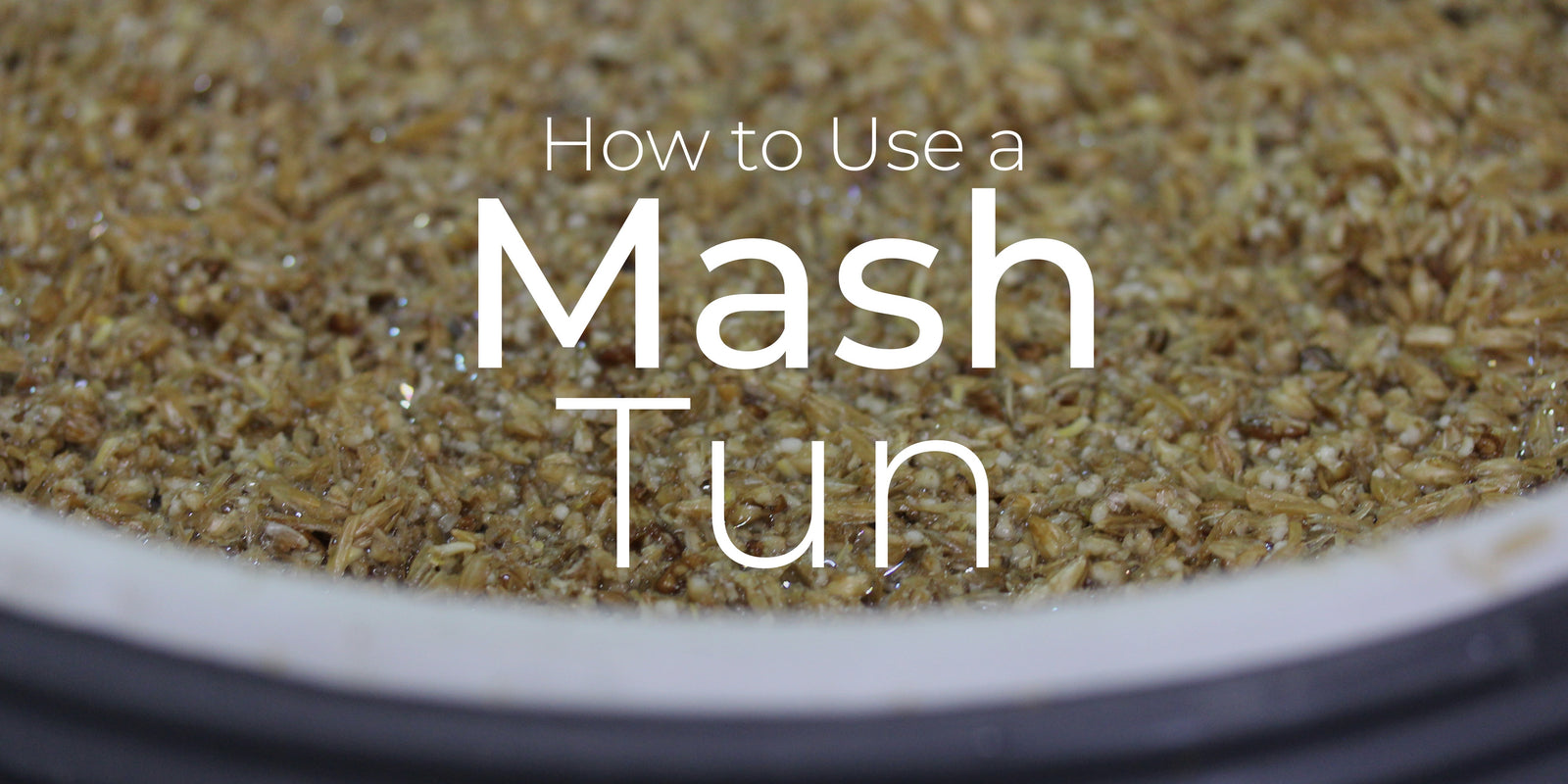
Brewing with a Mash Tun
May 30, 2019 6 min read
Upgrading from a BIAB (Brew in a Bag) system to a mash tun can be a really special improvement. If done right, efficiency, clarity, and precision can be improved dramatically from a BIAB system. Using a mash tun is a fairly different experience from using BIAB, this sheet instructs brewers how to get the most out of their new mash tun!
Read More
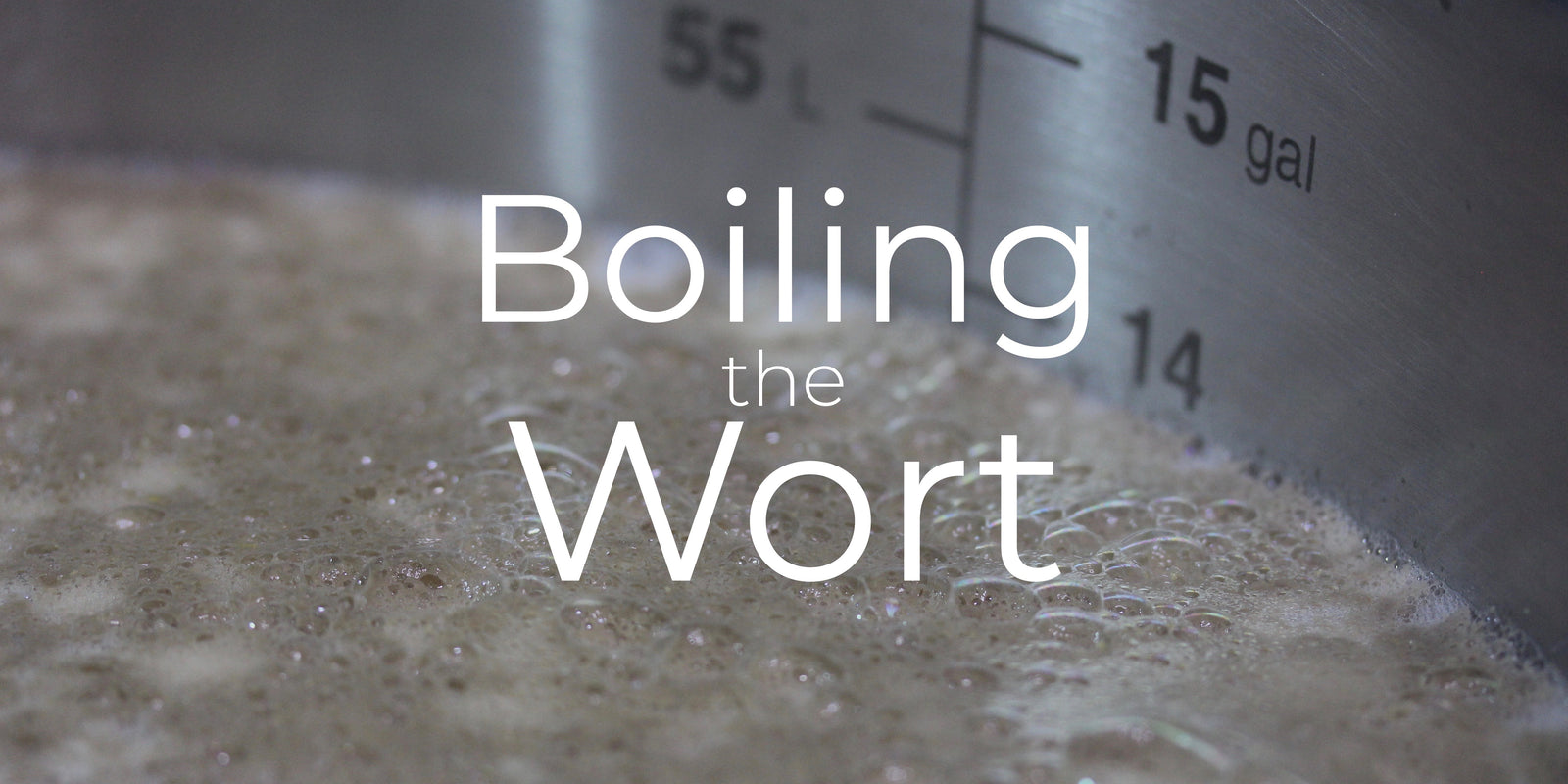
Boiling the Wort
May 30, 2019 4 min read
Learn how to properly boil the wort in your beer. This tutorial applies to both extract and all grain brewers!
Read More
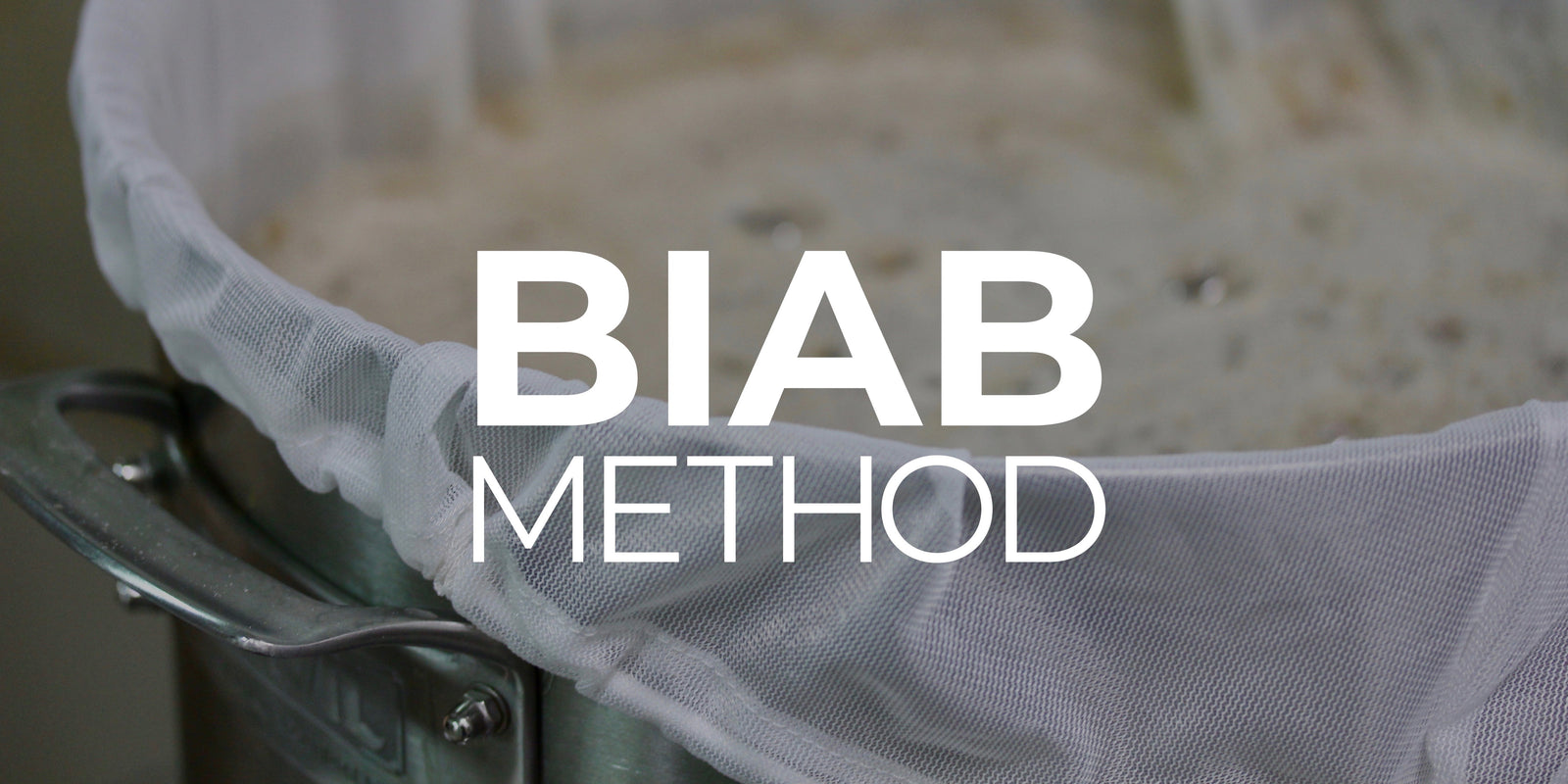
Brewing in a Bag (BIAB) Method
May 30, 2019 4 min read
Making a beer with the brew in a bag method is an easy and cost effective way to get into all grain brewing. Brewers often start their all-grain brewing hobby with this method. Below are the instructions on how to make a beer with the BIAB method. This tutorial is based on making a 5-5.5 gallon (20L) batch of beer.
Read More
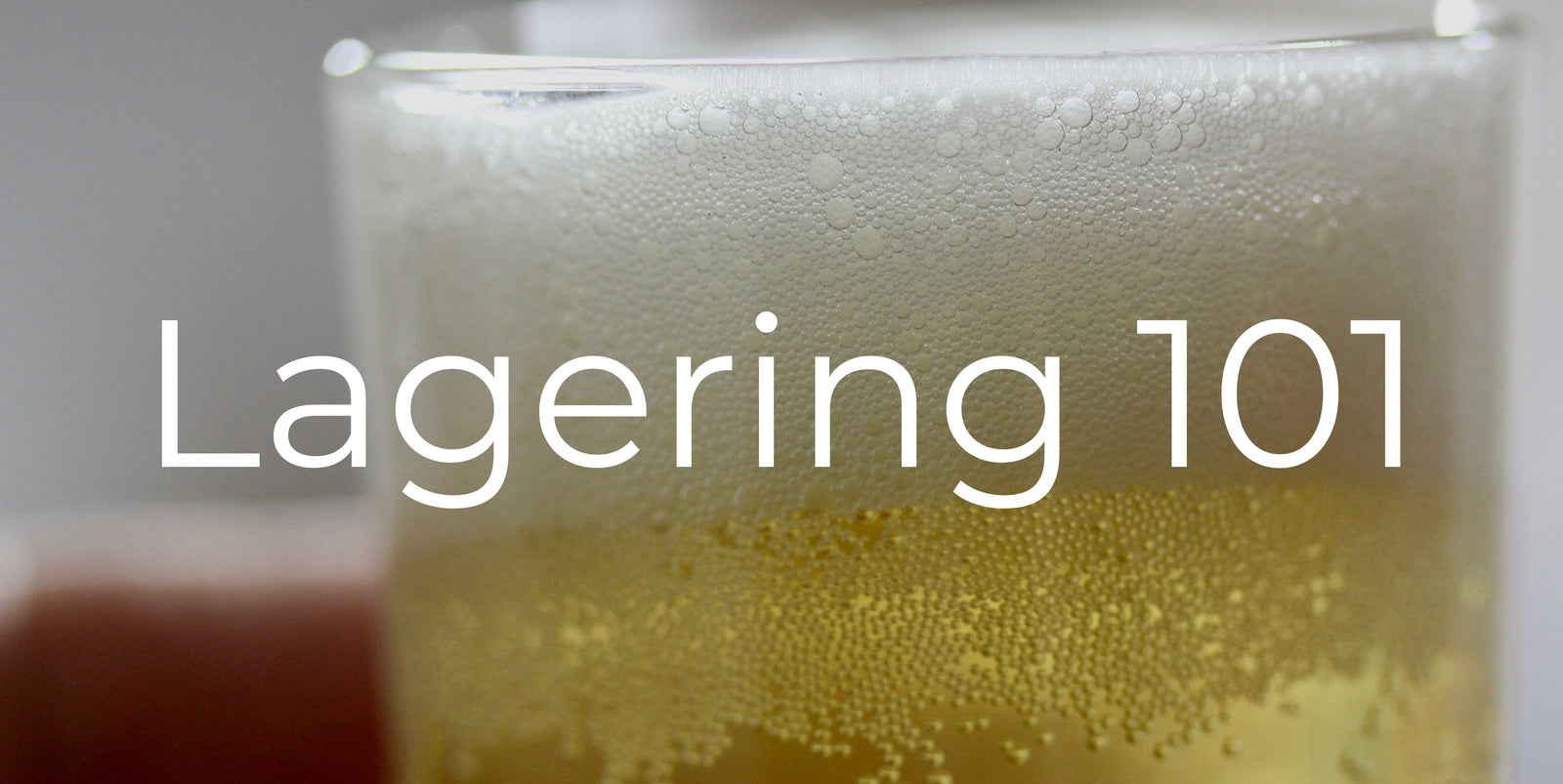
How to Make a Lager or Pilsner
May 29, 2019 5 min read
Lagers are an oft-derided style, and yet they’re one of the hardest to produce. Lagers are designed to be clean tasting, which means any faults in the beer will be exposed. On top of this, specific temperatures are often needed and there are greater aging requirements vs an ale. In our mind its worth all the hard work, a well-made lager can be absolutely refreshing. This is our method to produce a nice, clean tasting lager. This guide also applies to Pilsners.
Read More
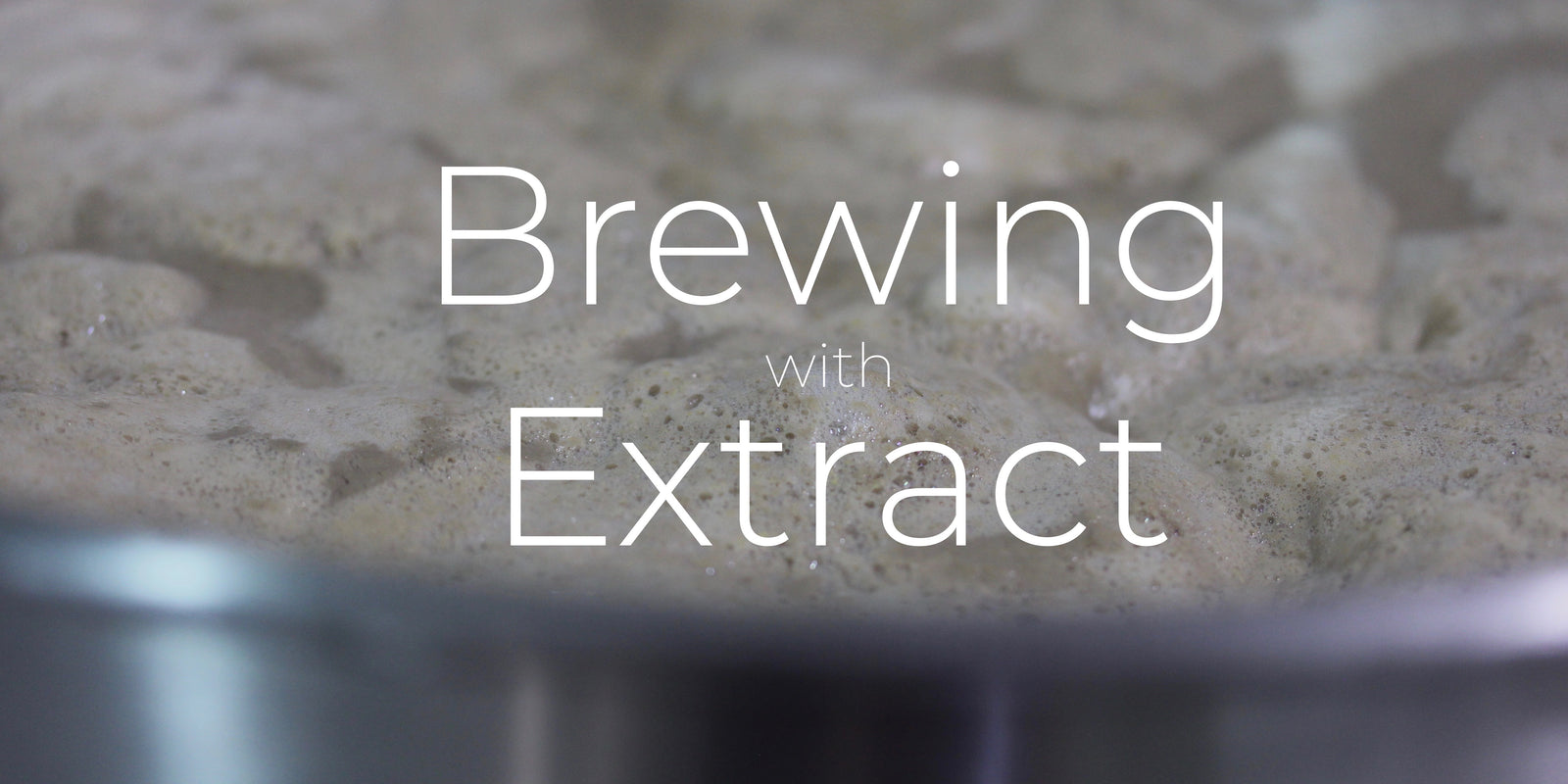
Brewing with Extract
May 29, 2019 6 min read
We often start most new homebrewers off with extract brewing. The quality of beer is great, the process is similar to all grain minus one big step, and it takes a little less time on the first day. All in all, it is a great way to be introduced into homebrewing! Learn how to brew your first beer with extract.
Read More

Cooling the Wort
May 29, 2019 5 min read
It’s very important to get a boiling wort chilled down to a fermentable temperature quickly. It is also something that can take a lot of time. Here are a few techniques to make this process work a little better than staring at the pot yelling “chill! Chill! CHILL!”
Read More
